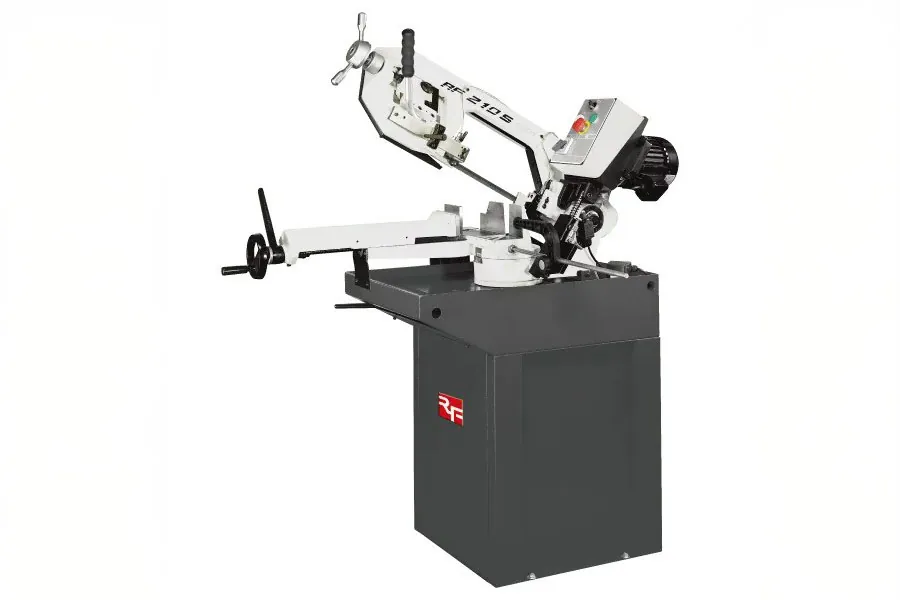Definition of Downfeed
Downfeed is the controlled movement of a band saw blade or mill drill bit towards the workpiece during cutting, typically measured in inches or millimeters per minute. Proper downfeed control is essential for maintaining cutting accuracy, preventing tool or workpiece damage, and optimizing material removal. Downfeed rates depend on factors like material properties, tool geometry, and cutting conditions, and can be adjusted manually or automatically through mechanisms like hydraulic or pneumatic systems.
Why It Matters for Band Saw and Mill Drill Machines
When you set the correct downfeed, you balance cutting speed and tool life. Too much downfeed can cause excessive vibration or tool breakage. Too little downfeed wastes cycle time and leads to dulling. By tuning downfeed, you hit targets for throughput and finish without overloading your machine.
Automated downfeed systems reduce manual error and improve safety. They lower the cutter or blade at a constant rate, which gives you smoother surfaces and tighter tolerances. In mill drills, precise downfeed keeps hole dimensions accurate. In band saws, it prevents blade pinching and extends blade life.
Related Terms
Feed RateDepth of Cut
Chip Load
Surface Finish
Backlash
FAQ
How do I adjust downfeed on a band saw?
On most band saws, you adjust downfeed by setting the blade guide height and feed control knob or lever. First, raise the guide above the material, start the saw, then lower the guide until it lightly contacts the work. Use the feed rate control to set how fast the guide drops. Always start with a conservative rate, observe chip size and cut quality, then increase downfeed in small increments until you hit the desired finish and feed rate.
What factors affect optimal downfeed settings?
Optimal downfeed depends on material hardness, thickness, tool geometry, and machine power. Harder or thicker stock needs a slower downfeed to avoid overloading the cutter. Softer materials can handle a higher downfeed for faster removal. Blade or cutter design—like tooth pitch or insert type—also shapes the best feed rate. Finally, ensure your machine’s horsepower and rigidity match the downfeed you plan to use to prevent chatter and tool stress.
How does downfeed influence blade wear and surface finish of the cut?
Downfeed sets the chip thickness per pass. If you push downfeed too fast, you increase chip load and cause more friction, which heats and dulls the tool faster. That also raises the risk of poor surface finish or burns. A slower downfeed yields thinner chips, cooler cutting, and finer finishes, but slows production. By finding the right downfeed rate, you extend tool life and achieve the surface quality you need without needless tool changes.



